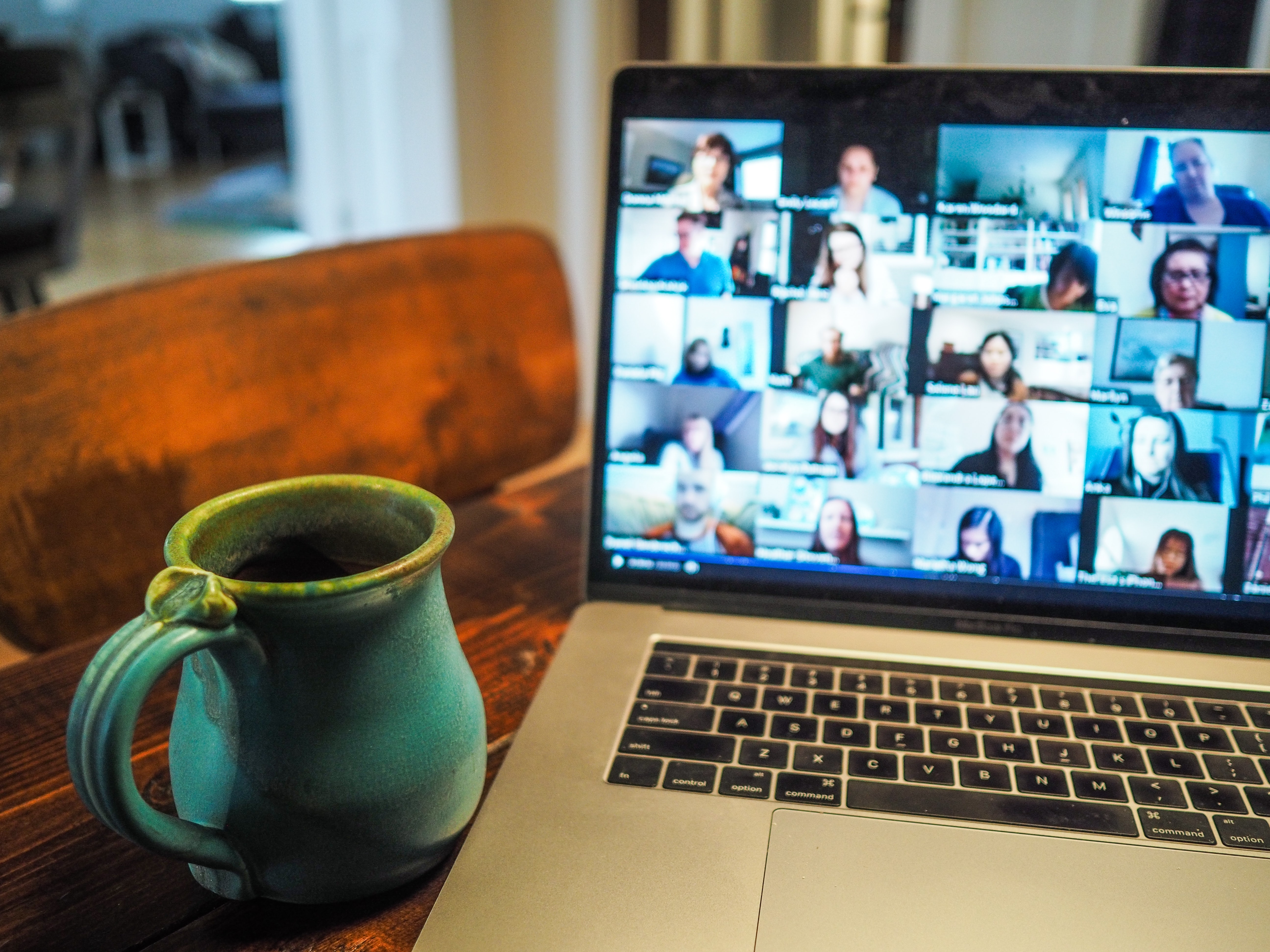
06 May The relentlessness of online meetings
The COVID-19 lockdown has forced a shift in habit for millions of businesses, accelerating them into a flexible working era that, prior to the pandemic, seemed quite a way off. In this new era of working from home, businesses of all types have been forced to embrace remote working practices and solutions; enter online meetings.
With virtual collaboration tools like Microsoft Teams, meeting with colleagues can be done at the simple click of button. Meetings are so easy that it seems workers are having more of them during these challenging times.
Connected meeting notes software creator Hugo recently surveyed their customer base to find out how their meeting habits were being affected by the shift to virtual. The results were surprising: “there’s been no change in the average number of meetings per week. It’s business as usual according to the data”. Hugo found that while their customers were having fewer external meetings, internal virtual syncs had seen a 40% increase since January. “Teams are trying to achieve alignment through more meetings; it’s natural for businesses to use meetings as a tool to offset the disconnect associated with a rapid shift to remote working”.
Although virtually meeting more might appear to offer better collaboration for businesses, too many online meetings can lead to stress, procrastination and burning out. Here are our best practices for keeping your online meeting schedule effective and productive:
- Plan a quick agenda for every meeting and try to stay on track. An agenda will keep the meeting focused and the participants motivated.
- Shorter is better… does that project update really need to be 90 minutes? Shorter meetings will drive more creativity and won’t leave participants drained. Try scheduling 10 to 20-minute catchups; you can always add more time if required.
- Try to start the week with a team meeting and end with a virtual de-brief and social. It will bookend your week and lead you well into a work-free weekend.
- Block out your online calendar for focus time and lunch breaks. Too many meetings mean not enough time to get work done or take a well-deserved break.
- Swap some meetings for chat or email if the topic doesn’t require too much collaboration. Email and chat also mean that you’ve got a record of communication.
- Schedule a few ‘watercooler’ chats and motivation boosters into the week. Employees aren’t getting the same regular dose of social interaction as they do in the office; its important to keep morale high and exercise our social skills!
- Its okay to multi-task during meetings; make a coffee, move around, prep your lunch. Some might find it too distracting, but multi-tasking can keep your brain alert.
- Give yourself permission to decline a meeting if you aren’t really required or postpone it if the topic doesn’t need to be addressed yet!
 Remote Support
Remote Support

